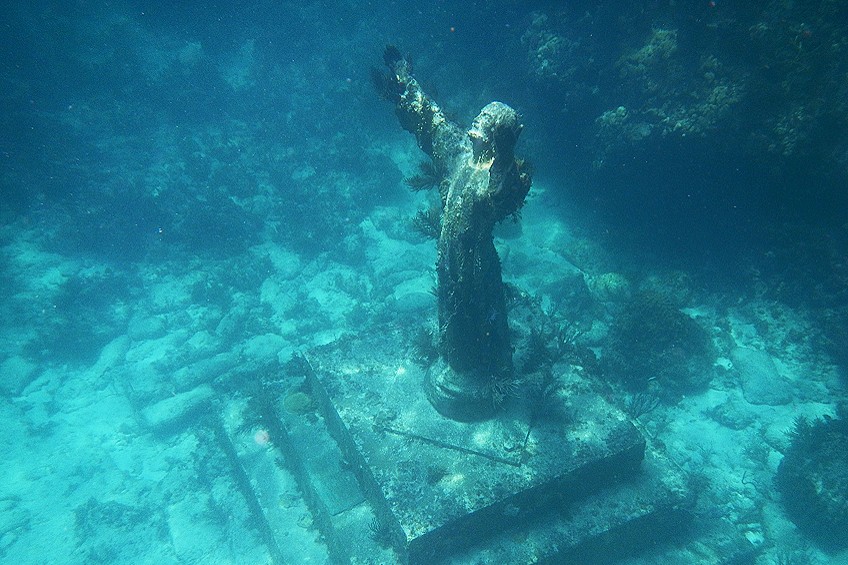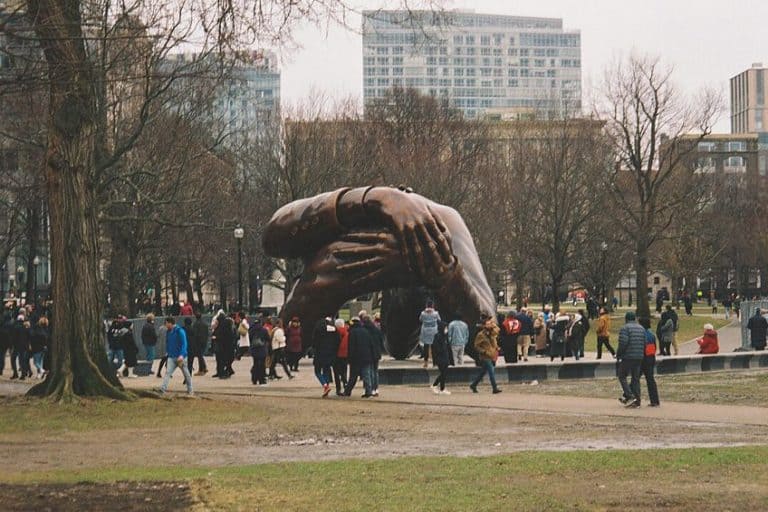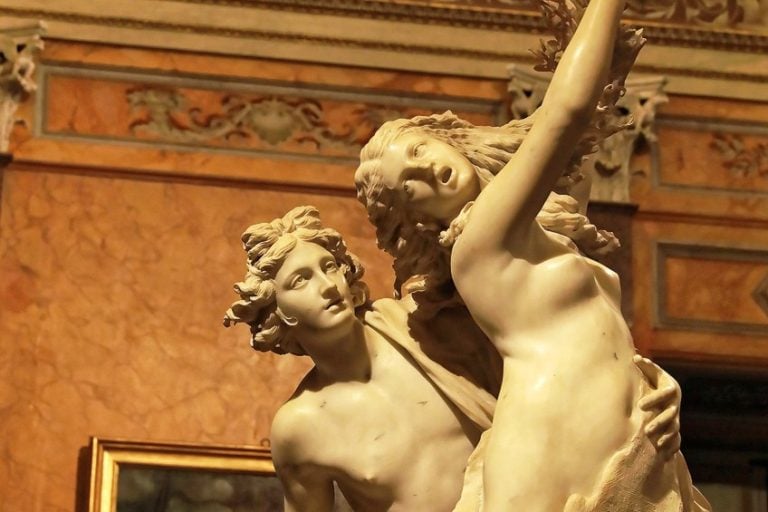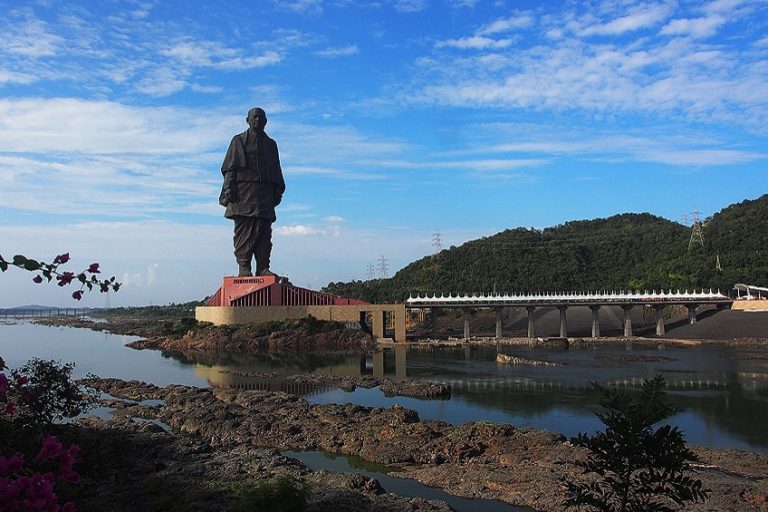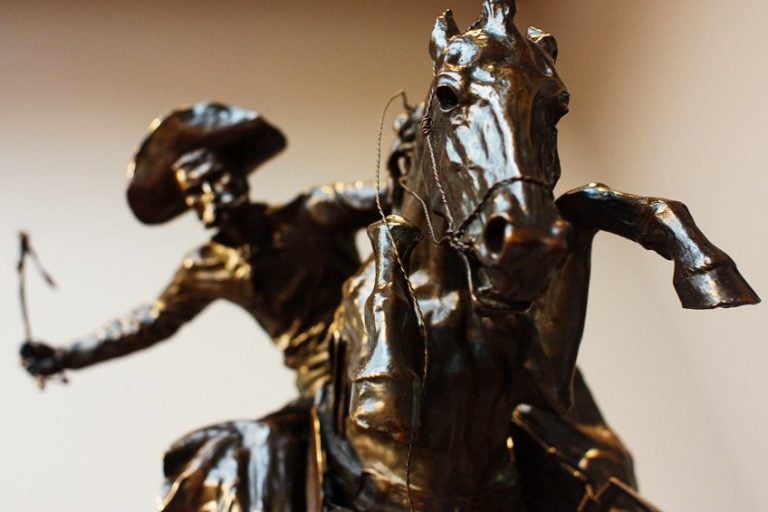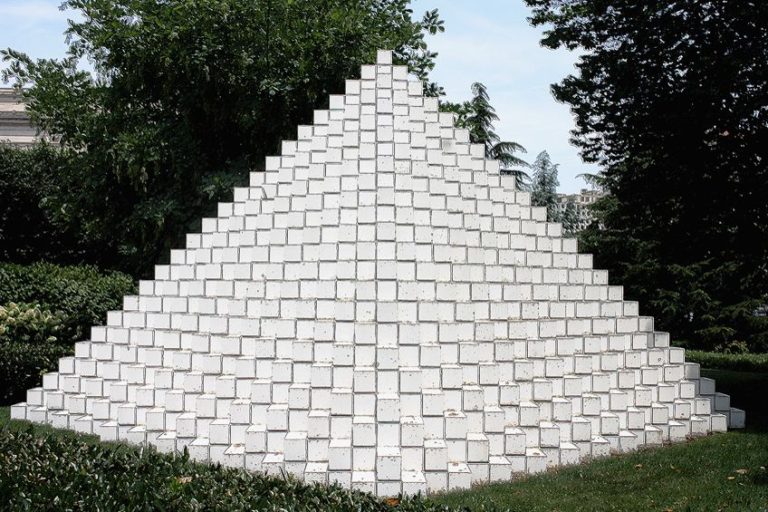“Christ of the Abyss” Statue – A Look at Guido Galletti’s Famous Work
Submerged in the waters of San Fruttuoso, Italy, one can find Guido Galletti’s Christ of the Abyss statue. The original clay version was discovered in 1993 in an old foundry. There are several copies of the famous statue around the world, such as the Christ of the Abyss in Key Largo.
Table of Contents
The Story of the Christ of the Abyss Statues
You’ve undoubtedly seen a photo of the underwater Jesus statue buried deep beneath the waves and are wondering where it may be discovered. Because there are several Christ of the Abyss statues distributed over the world, the answer to that query is not as simple as you might expect.
The first “Christ of the Abyss” statue is submerged in the seas of San Fruttuoso in Italy, close to Portofino, one of the world’s most famous hamlets.
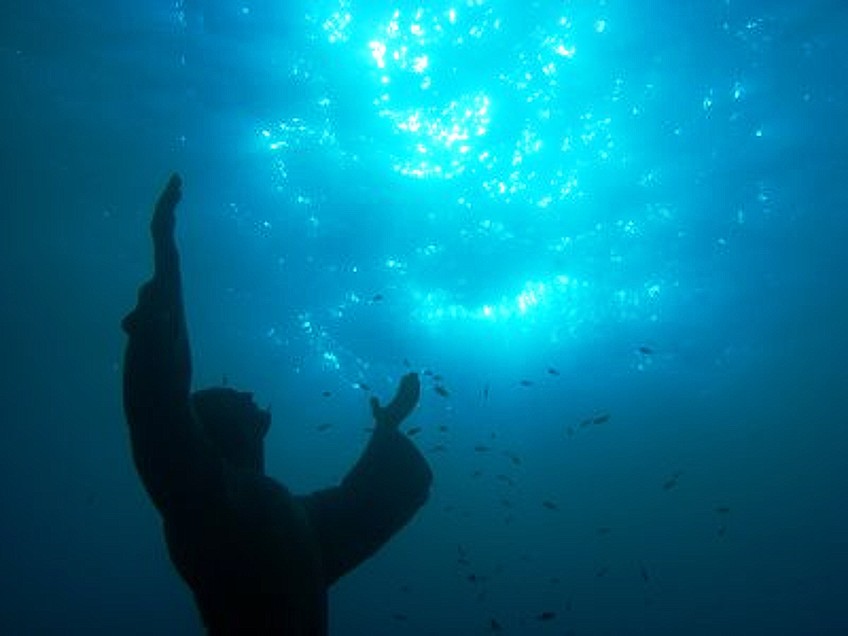
Initial Bronze in San Fruttuoso, Italy (1954)
The bronze statue, which is more than 15 meters deep, was erected on the bed of the sea on the 22nd of August, 1954, at the suggestion of famed Italian diver Duilio Marcante, who wished to install a monument of Jesus following the passing of his colleague Dario Gonzatti during a descent a few years earlier at that site.
Guido Galletti sculpted the statue, which has its arms lifted in an invoking gesture. The monument stands 2.5 meters tall and weighs 260 kilograms without the base.

Following Marcante’s passing, a plaque was erected at the foot of the monument in his honor. It was recently repaired to prevent deterioration and corrosion and to reconnect a hand that had been separated due to an anchor.
“The Christ of the Abyss” statue has become a popular tourist attraction for scuba divers from all over the world. There are several diving centers in San Fruttuoso, Italy that offer dives for visitors who want to see the monument.
Because of the shallow water and closeness to the bay, the descent to the location where the underwater Jesus statue is situated is not very challenging. If you opt to dive into the water, you will not only locate the monument you seek but also the remnants of a British vessel that sunk not far from there amid the Crimean War.
The Grenada Copy (1961)
There is another bronze sculpture, produced from the same mold as the first. This replica of the underwater Jesus statue at Carenage port commemorates the disaster of the Bianca C, which was a famous luxury cruise liner from Italy that was dubbed the “Titanic of the Caribbean.”
A huge blast happened in the boiler room on the 22nd of October, 1961, when the ship was docked in St. George’s.
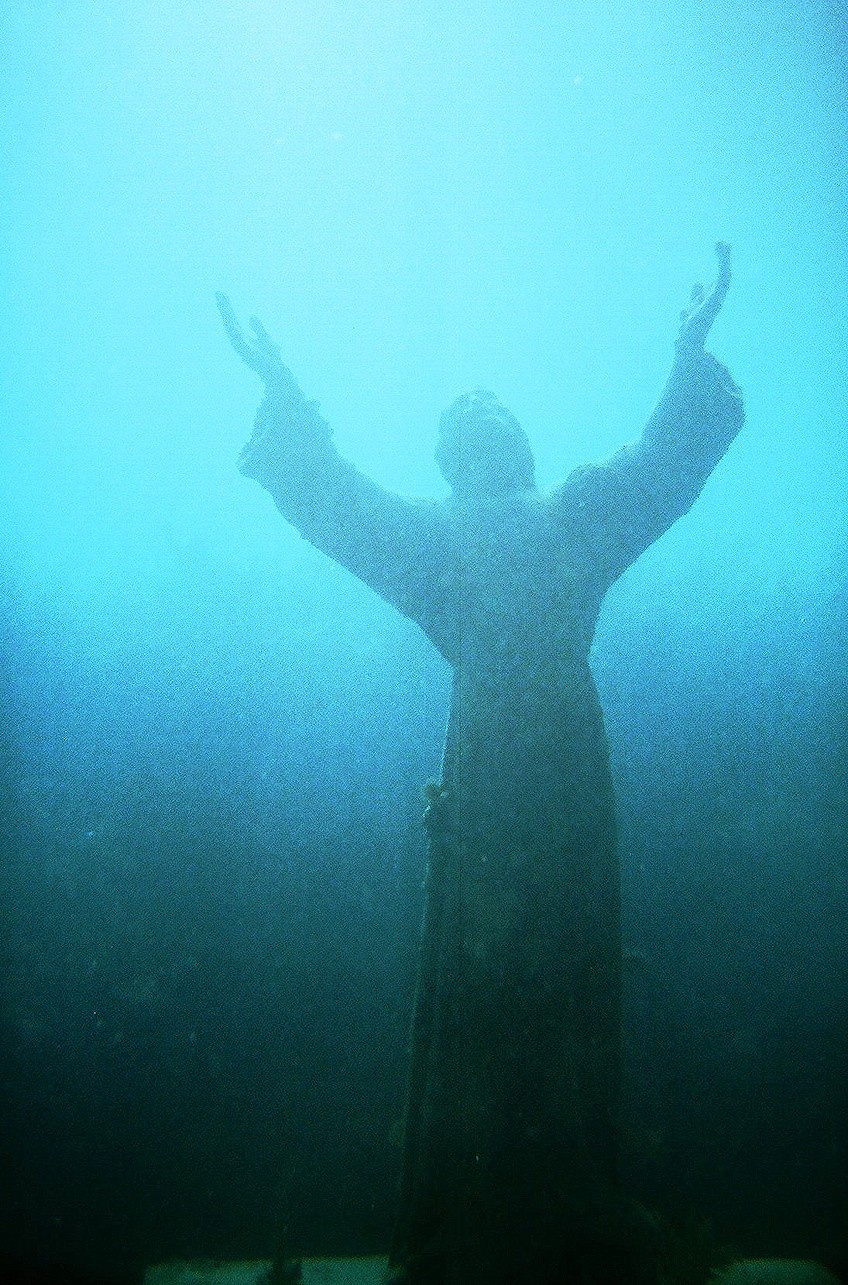
Locals deployed their fishing boats promptly to rescue roughly 700 guests and staff, incredibly, only one died. They set up a temporary hospital to attend to the injured while also welcoming others into their homes. Two days later, the ship went down near Grand Anse Beach.
Costa Line presented this “Christ of the Deep” statue replica in recognition of the courageous efforts of the Grenadians.
The American Copy (1962)
The Christ of the Abyss in Key Largo is the third bronze cast from the original casting. Pennekamp State Park is where you’ll find it. The Palmer House in Chicago hosted the exhibition and celebration, which included a luncheon and the handover to the United States. Following the celebrations in Chicago, the monument was transferred and kept at O’Hare Airport. Locating a permanent destination for it was difficult, but with the help of the Floridian Senator, John Pennekamp Park in Key Largo triumphed. However, there was no funding to transfer it to Key Largo.
The Florida Otter Diving Club took the initiative, and with the assistance of the Naval Reserve, a training flight moved the monument to Orlando, Florida, where it is now on display.
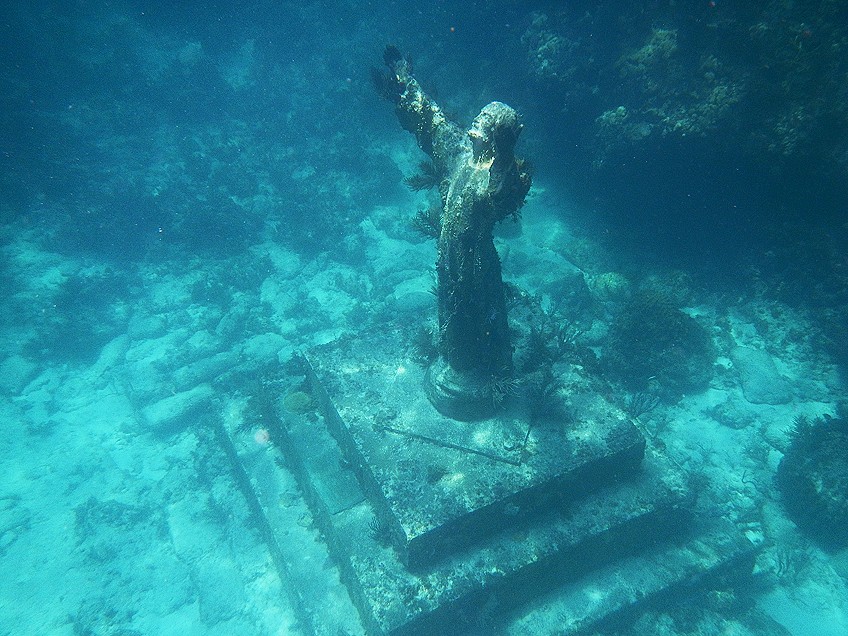
One issue that had to be resolved was why we were putting this gorgeous monument beneath the water when so few people could view it. It resumed its tour to the Florida Keys in January 1964, stopping at the Art McKee Museum.
In the spring of 1965, the monument was delivered to Pennekamp Park after the design for the concrete base and other procedures were completed.
It was inaugurated on the 29th of June, 1966, at Harry Harris Park, but it had to pass a test first. Hurricane Betsy gave this on the 8th of September, 1965, when she thrashed the seas with Category III winds and tested its installation. Even though many questioned Thomas’, the monument stayed sturdy and majestic and did not budge.
In this article, we have learned about the three versions of the underwater Jesus statue. The initial bronze statue by Guido Galletti can be found in San Fruttuoso, Italy. The first replica is located in Grenada, and the last replica is the “Christ of the Abyss” in Key Largo.
Take a look at our Christ of the Abyss webstory here!
Frequently Asked Questions
Why Were the Underwater Jesus Statues Created?
The first statue was created by Guido Galletti and was inspired by Duilio Marcante, an Italian diving instructor. The monument was erected at the site of Dario Gonzatti’s death in 1947, as the first Italian to utilize SCUBA equipment. It represents Jesus with his head and hands lifted in the air, extending a peace blessing. The second version at Grenada was created to commemorate the tragic loss of a British vessel and the heroic deeds of the fishermen who went out in their little vessels to rescue the passengers of the doomed ship. Amazingly, only one passenger died in the loss of the ship.
How Does One View These Statues?
The underwater Jesus statue is located on the seaward side of the Dry Rocks of Key Largo. The reef is formed in the shape of a hand, with sand pathways between the fingers. A pencil buoy marks the statue, which sits in one of the fingers. The reef’s center is open and home to a vast array of soft corals. The Dry Rocks, being a moderately shallow dive location, provides chances for both snorkelers and divers.
Isabella studied at the University of Cape Town in South Africa and graduated with a Bachelor of Arts majoring in English Literature & Language and Psychology. Throughout her undergraduate years, she took Art History as an additional subject and absolutely loved it. Building on from her art history knowledge that began in high school, art has always been a particular area of fascination for her. From learning about artworks previously unknown to her, or sharpening her existing understanding of specific works, the ability to continue learning within this interesting sphere excites her greatly.
Her focal points of interest in art history encompass profiling specific artists and art movements, as it is these areas where she is able to really dig deep into the rich narrative of the art world. Additionally, she particularly enjoys exploring the different artistic styles of the 20th century, as well as the important impact that female artists have had on the development of art history.
Learn more about Isabella Meyer and the Art in Context Team.
Cite this Article
Isabella, Meyer, ““Christ of the Abyss” Statue – A Look at Guido Galletti’s Famous Work.” Art in Context. April 14, 2022. URL: https://artincontext.org/christ-of-the-abyss-statue/
Meyer, I. (2022, 14 April). “Christ of the Abyss” Statue – A Look at Guido Galletti’s Famous Work. Art in Context. https://artincontext.org/christ-of-the-abyss-statue/
Meyer, Isabella. ““Christ of the Abyss” Statue – A Look at Guido Galletti’s Famous Work.” Art in Context, April 14, 2022. https://artincontext.org/christ-of-the-abyss-statue/.


